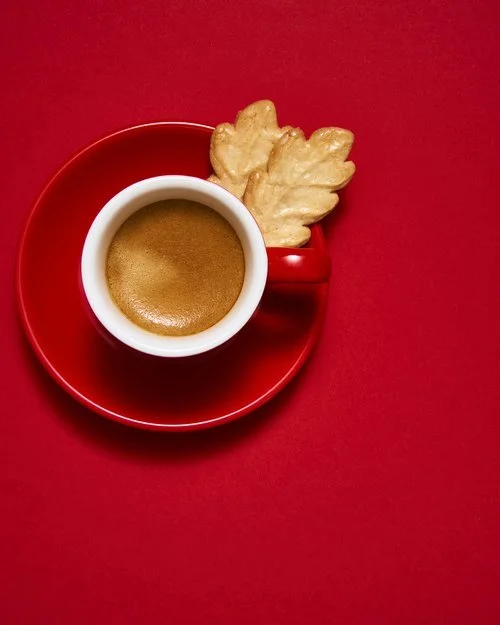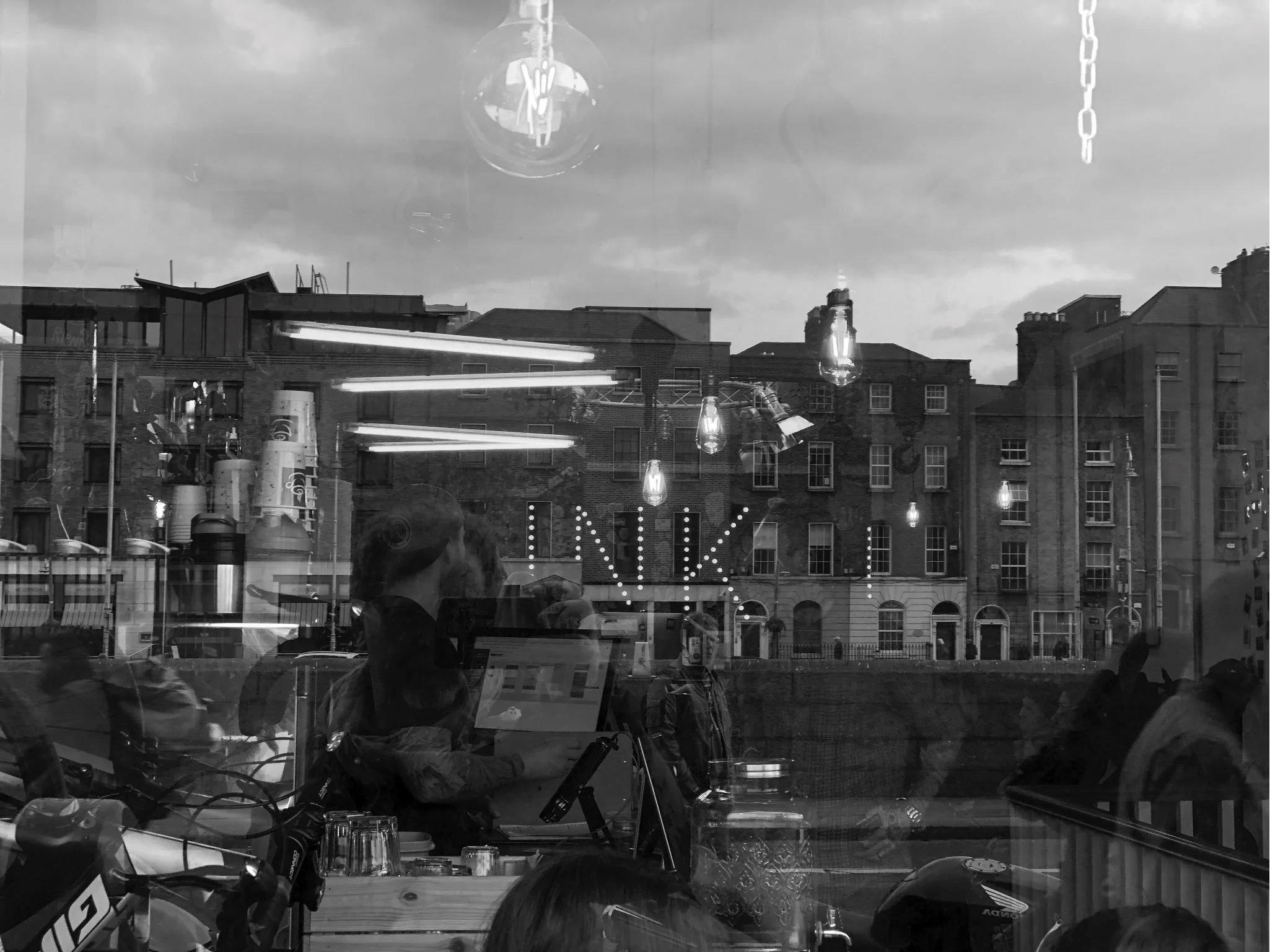Chatting with photographer Lorenzo Tonti
June, 2024
YG: I met you in Kilkenny, Ireland, when you were working as a graphic designer. You always wore a camera ( a Leica? Or an Olympus?) almost as a necklace, or an appendage – why do you take photographs?
LT: It was mostly a Contax G2 at the time, which was a film camera, and yes it was always with me. Now of course I always have my camera iPhone which fulfils the same role: an image-making device. I make images because I love it, because it’s one of my favourite creative activities, and because it’s part of my visual education. I also work as a graphic designer, but I was always interested in photography even before my design & photography college days. After college I kept photography as my favourite image-making tool. I trained as a poster designer and image-making is an important part of that process, so making images was always with an eye trained as a designer. Now, photography has taken on a new life as a way of creating work that can stand on it’s own and has other outlets that would not be design-led projects. My images have come out of the ‘for archive boxes’ life, and are now in the open for people to see them. This has given me a new way of appreciating image-making, one that isn’t self-centered, but one that has a life outside my own private world. It’s no longer just a hobby, but it’s now a serious effort to make work that is potentially useful creatively and commercially. This said, the enjoyment of making images is still very much at the forefront of my reasons for making the work.
When I look at your landscape and interiors compositions, I often spot ‘designed’ objects, products, signage – almost like subtle messages to peers or contemporaries. What comes first – the recognisable objects or the wider context?
A lot of my images of interiors and urban landscapes have designed elements in them, yes. The reason for that is my designer sensibilities would direct my eye, and how I look at things, and how I make an image of the world around me. The composition of, and reasons for, an image will always be dictated by the context, and sometimes by an object within a context. It’s a way to tell a story of a particular observation.
I know you love to eat food, why do you like to photograph it?
Making images with food is part of that enjoyment. When I started making images in studio, the idea was to do some product photography. But even though I find products interesting of course, I find making images of food the way product imagery is produced far more appealing. Being a minimalist in terms of design, combined with my need to create a concept for an image, or series of images, is something I find more interesting than making nice polished images of objects, or food. I strive as often as possible to have an idea in my food images, as the subject matter is always rich in history and a cultural context—that’s something worth showing I think, and is something I can explore visually.
You shoot landscape in black and white, but food in colour – why?
Urban landscapes which are by far my favourite kind of landscapes, are far more confusing in colour. They lack focus for me, and most of the time I can get a different focus and direction by omitting colour. For food, the opposite is true. Generally food looks totally unappetising in black & white, so colour it is. If these are to be used commercially, then colour is a must. But colour in the way I handle it is certainly not the norm I don’t think.
When you begin making a series of images – what comes first – colour, mood, content?
Content, concept, context, mood, colour. I base images on what the food or food objects are, they will give directions for a concept and a context, and that in turn will dictate a mood, which will require a particular colour palette. Then the process of making the images takes over and those elements will get adapted or subverted, depending on how the images’ impact turns out. For me, visual impact and curiosity and interest are essential in images.
The superlight espresso cup by ceramicist Sam Sparrow
If you were to be gifted any piece of artwork or an object – what would you ask for?
Ah. That’s a difficult one. I think it would have to be something functional and useful. Something I would use every day for my enjoyment. Therefore I would imagine something photography related.
What now, what next? – could you share some directions or images for 2024+ ?
2024 has so far evolved into more commercial work, but all based on my existing work, so not adapted to fit somebody else’s vision. I aim to continue that trend. As for projects, I’m constantly trying to evolve my visual language, my way of visual expression, so that’s my aim—continuing to do that and explore different visual avenues, but in small increments. No radical departure for me in 2024.
Many thanks to Lorenzo for sharing his thoughts.
















